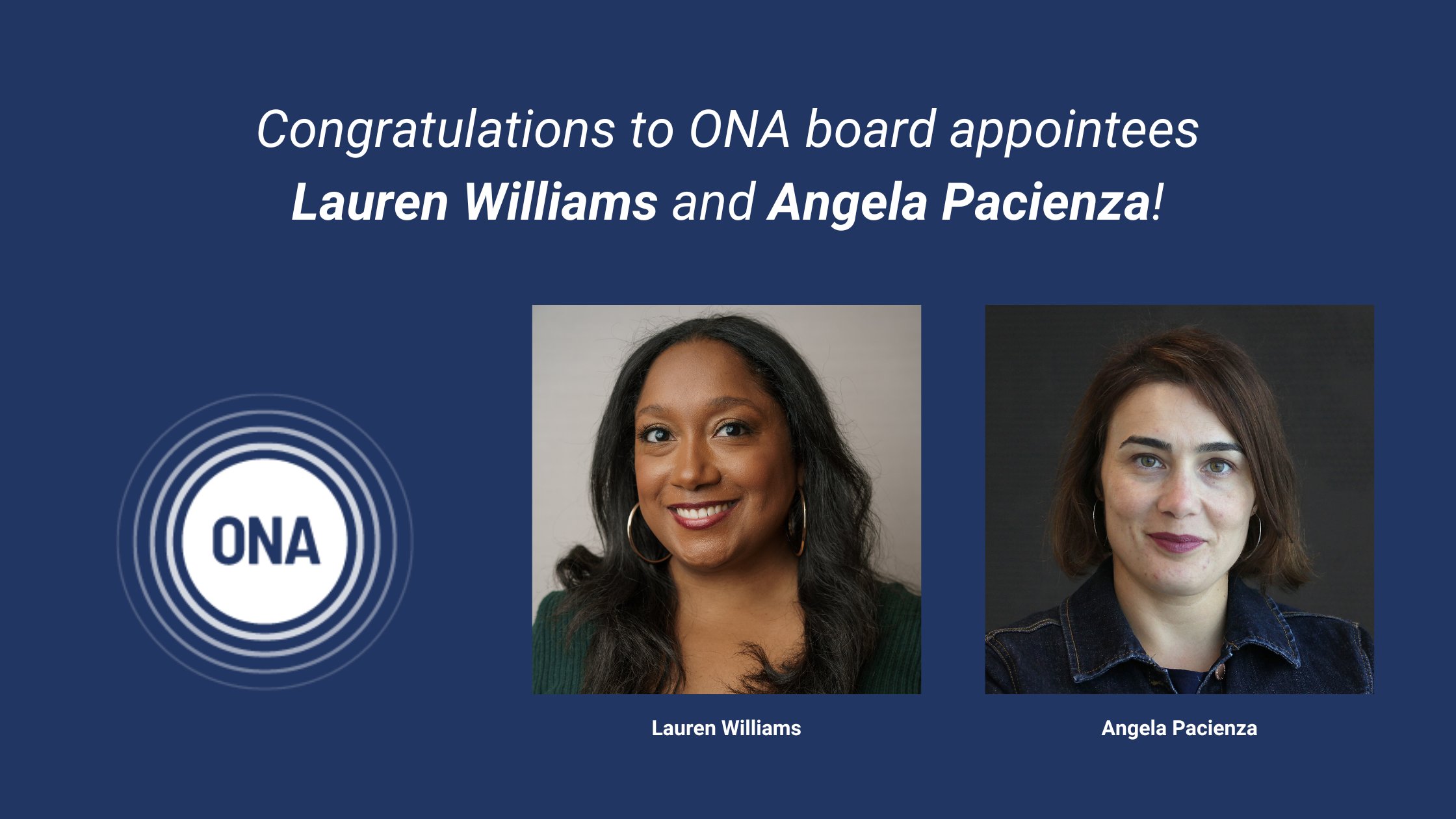How Online News can Save You Time, Stress, and Money.
How Online News can Save You Time, Stress, and Money.
Blog Article
Online News Fundamentals Explained
Table of ContentsThe Greatest Guide To Online NewsEverything about Online NewsOnline News Can Be Fun For EveryoneAn Unbiased View of Online News
Receive details concerning the advantages of our programs, the programs you'll take, and what you require to apply.The future of journalism will significantly depend on customers paying for the news straight, as material representatives like Facebook and Google occupy the lion's share of digital marketing bucks. The Media Insight Project, a collaboration of the American Press Institute and The Associated Press-NORC Center for Public Matters Research, has actually undertaken what our company believe is among the largest efforts ever before to comprehend that subscribes to information, what encourages them, and how designers of journalism can involve extra deeply with customers so more people will subscribe.
The research finds that a little more than fifty percent of all united state adults sign up for information in some formand about half of those to a newspaper. And in contrast to the idea that youths will not pay for information because details on the net is complimentary, almost 4 in 10 grownups under age 35 are paying for news.
There is also considerable proof that even more consumers could begin to spend for news in the futureif publishers can recognize them and offer them well. Fifty percent of those that do not pay for information actively seek news and resemble subscribers in various ways. And virtually 2 in 10 of those that don't sign up for information currently suggest they are inclined to start to pay in the future.
The Ultimate Guide To Online News
Amongst them: That spends for information? Why do they pay? That does not spend for news and why not? What are the courses authors can require to more deeply engage visitors and to convince information consumers to spend for journalism straight? What cost points issue? The answers may form what journalism looks like in the future - Online News.
We then ask a collection of inquiries to figure out whether individuals spend for particular kinds of news resources. We asked people to call the sources they make use of most oftenwhether they pay for them or nothow they use them, the specific things they take into consideration vital concerning them, and some relevant questions concerning the cost and worth of that resource.
This number does not include those who spend for cable television packages that might consist of information networks. Fully 37 percent of the youngest grownups, 18 to 34 years of ages, subscribe to information. The two youngest age mates who pay (18-34 and 35-49) likewise act in a different way than older clients. They are motivated more by a need to sustain the information organization's mission.
Individuals are drawn to information in basic for two factors over others: A wish to be notified citizens (paper subscribers in certain are highly motivated by this) and due to the fact that the publication they sign up for excels at covering particular subjects concerning which those clients particularly care. While there are a host of factors, the No.
8 Easy Facts About Online News Described
Greater than 4 in 10 additionally cite the truth that family and friends sign up for the same item. More than a 3rd of people claim they initially subscribed in feedback to a discount rate or promo. In print, people likewise are relocated greatly to register for obtain promo codes that save them cash, something that has untapped ramifications in digital.

We asked everybody that informed us they have a routine cost-free resource of news how most likely they would certainly be to spend for it. Even more than a quarter (26 percent) state they would certainly go to the very least somewhat most likely to start spending for itand 10 percent are very or extremely likely. These likely payers have a tendency to be information seekers, and they likewise often tend to be people who currently pay for a news registration along with the source they follow completely free.
Of those that do pay, 54 percent subscribe to papers in print or electronically, which stands for 29 percent of he said Americans overall. Most of them get a print publication along with their paper and pay for 2 to four news sources in total, some much more. And while 53 percent are veteran customers (5+ years), even more than a quarter (27 percent) have actually acquired their paper subscription within the past year.
Online News Can Be Fun For Everyone
Few print subscribers believe it likely they will change to a digital-only registration in the future, and majority of those that choose electronic have actually never spent for a print version of the very same source. Totally 75 percent of newspaper payers state they primarily checked out the paper in print, while 21 percent are mainly electronic individuals, why not find out more and 4 percent define themselves as evenly divided.

Just 1 in 10 people think their subscription sets you back excessive of what they get. Digital clients particularly are most likely than print customers to feel they are getting an excellent value (48 percent vs. 32 percent), recommending they may be extra happy to pay greater than they are currently.
Education and learning could be one of them if remote training proves to be a success. No question, the transition to on the internet learning due to COVID-19 was unexpected and rash.
Report this page